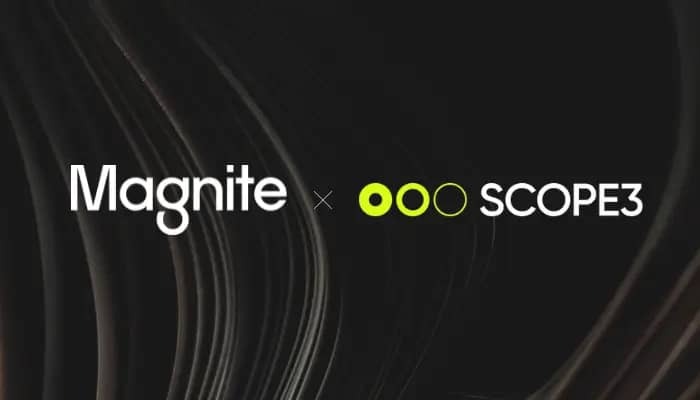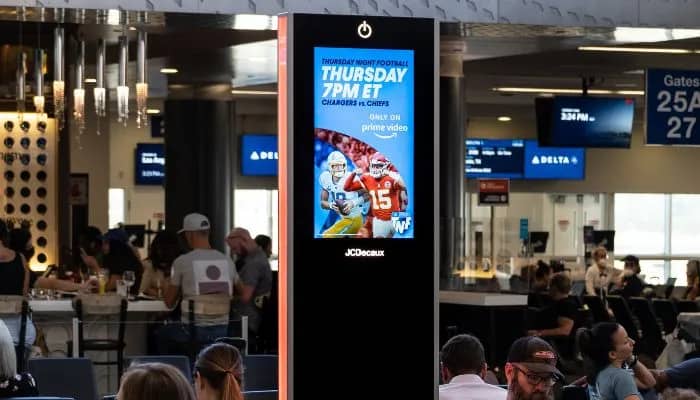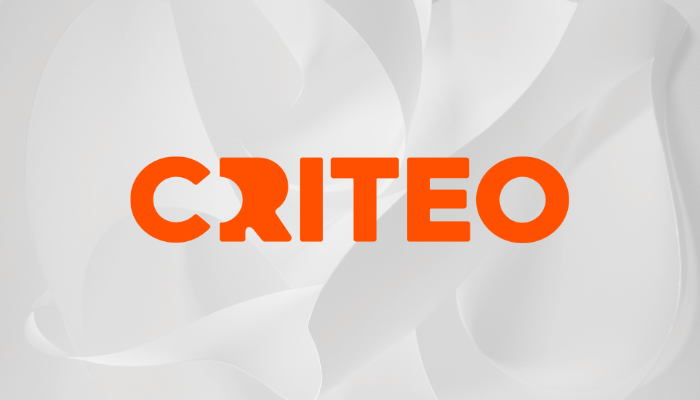New York, USA – Global independent sell-side advertising company Magnite has announced a global partnership with Scope3 to make carbon emissions data available across Magnite’s extensive omnichannel inventory. With this, advertisers will be able to assess their carbon emissions and align their sustainability goals with their campaign performance.
As part of the partnership, Magnite will offer Green Media Products (GMPs) powered by Scope3 data. GMPs enable advertisers and media buyers to easily identify supply paths that inherently block climate risk (high carbon) inventory.
Scope3 built and uses the industry’s granular and comprehensive emissions data model designed to accurately measure the carbon emissions from digital advertising.
Sean Buckley, chief revenue officer at Magnite, said, “Our partnership with Scope3 is one of the many ways Magnite is incorporating sustainability into our workstreams to help our clients get more insight into their carbon emissions, with the goal of creating a more environmentally-friendly future.”
He added, “Digital advertising is inherently an energy-intensive business given the high level of data processing required. We recognise and seek to minimise our environmental impact as the largest independent SSP and want to help our clients do the same. We are working closely with publishers, marketers and our peers to constantly innovate to create more energy-efficient practices while also improving advertising outcomes.”
Meanwhile, Brenda Tuohig, chief commercial officer at Scope3, commented, “The emissions data that Scope3 provides is most effective when it can be harnessed at scale, and an SSP of Magnite’s magnitude and reputation is well positioned to have significant influence on our collective impact.”
She added, “Our partnership represents yet another key building block in our mission to achieve a decarbonised ad ecosystem where sustainable media and positive marketer outcomes go hand in hand, and we’re glad to have support from Magnite in fulfilling this bold mission.”










